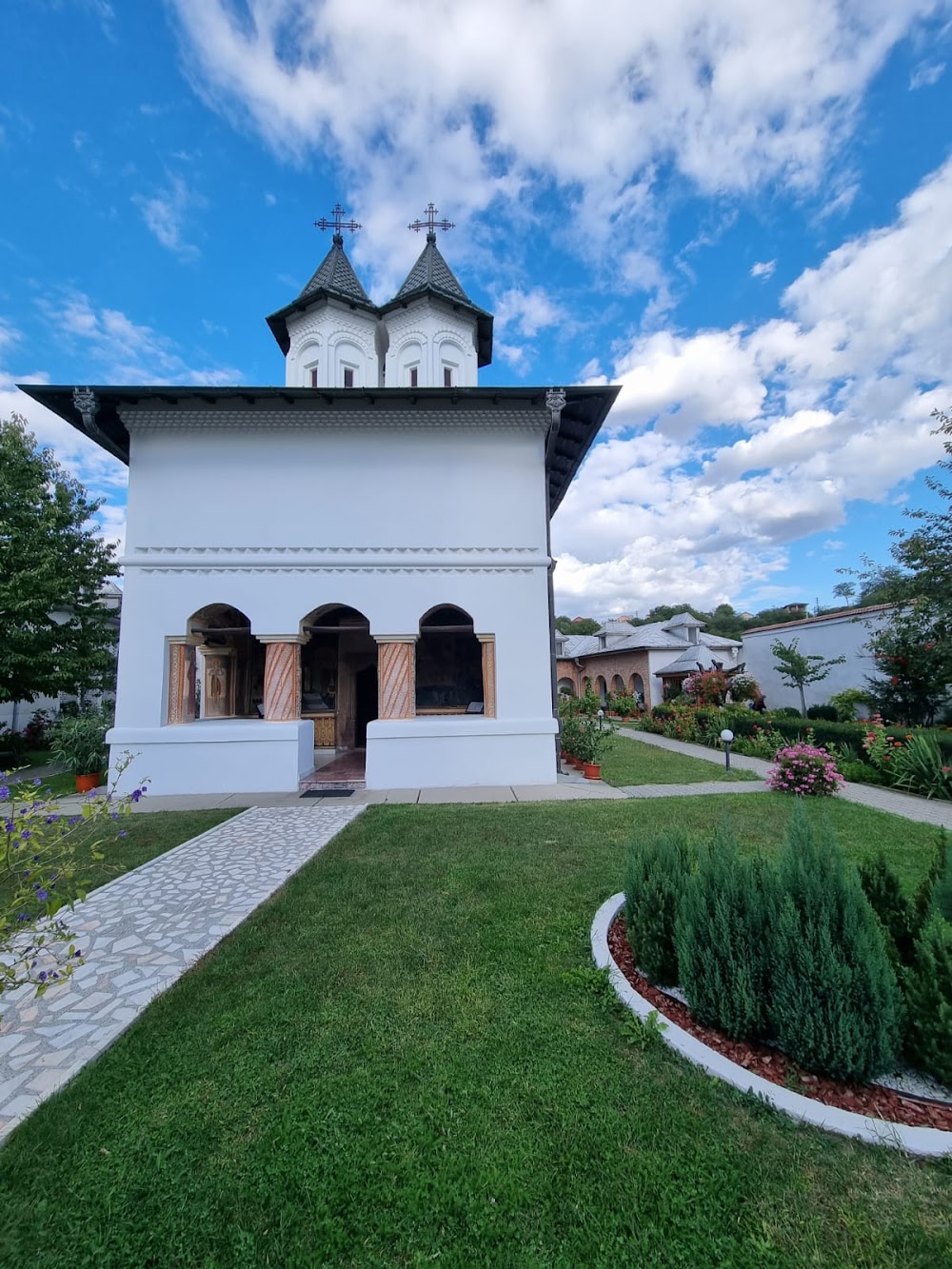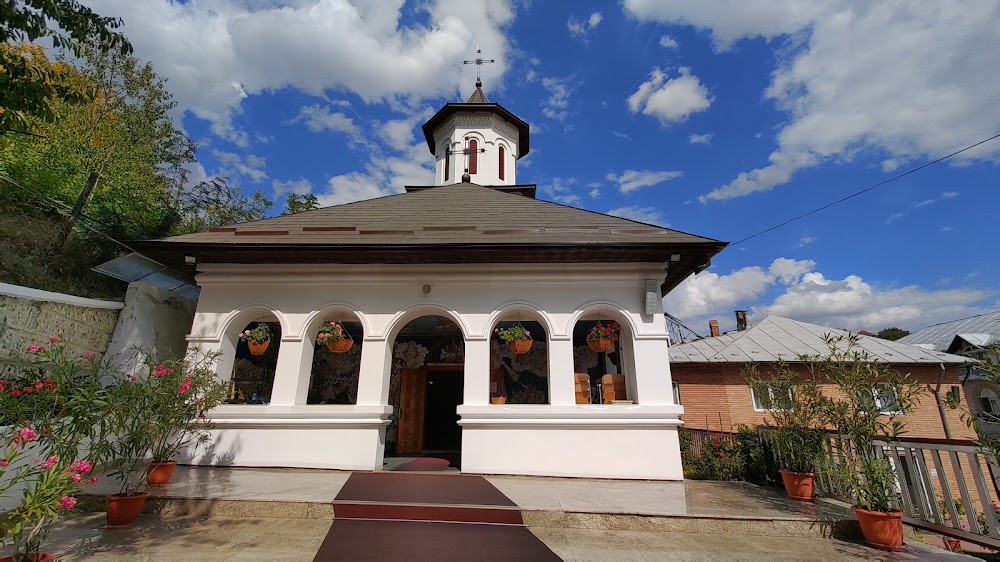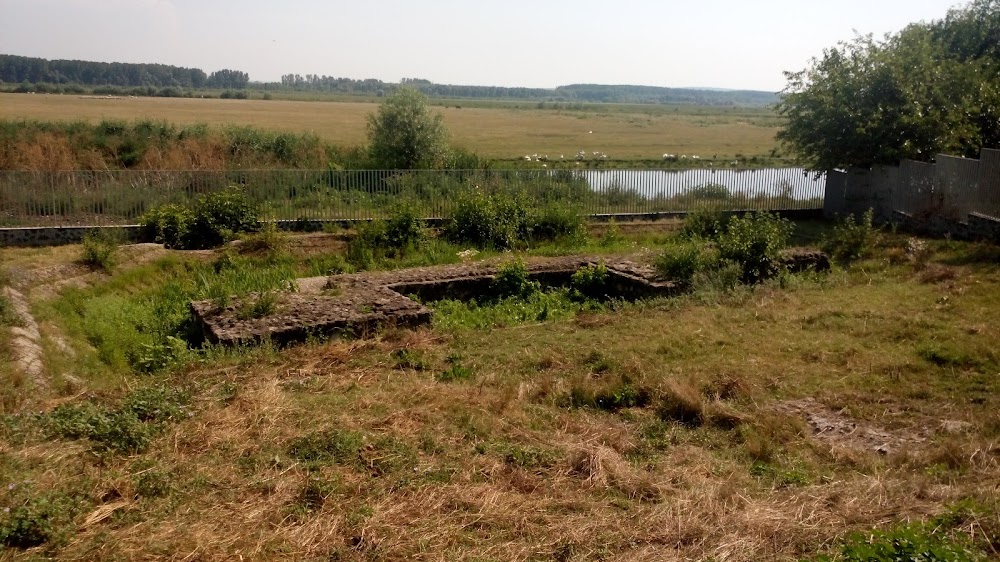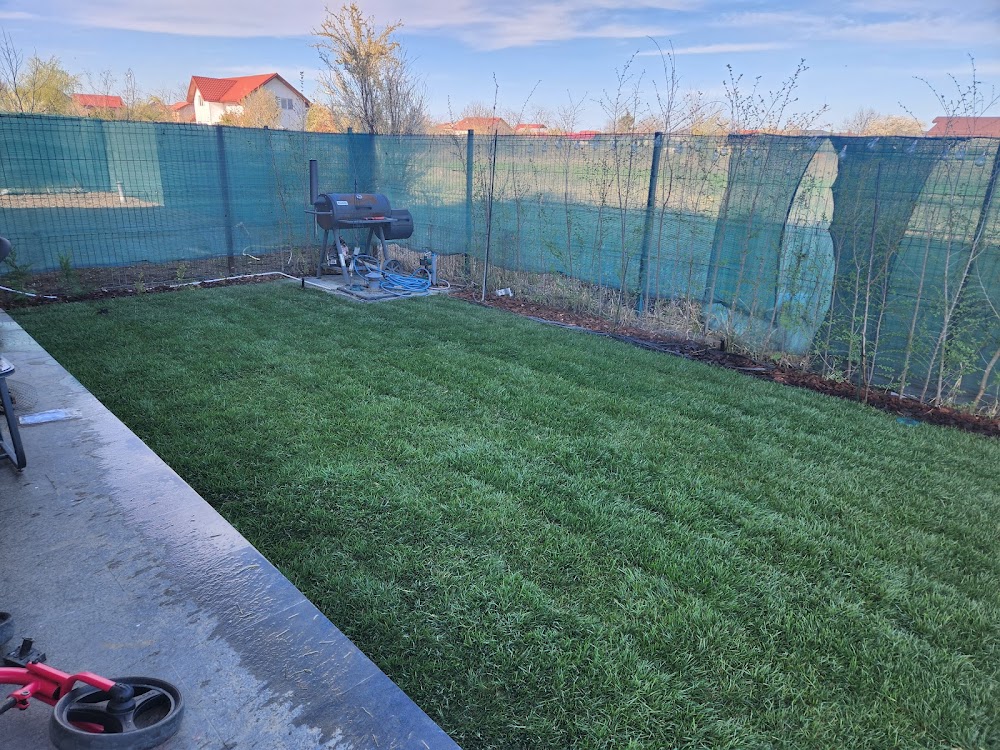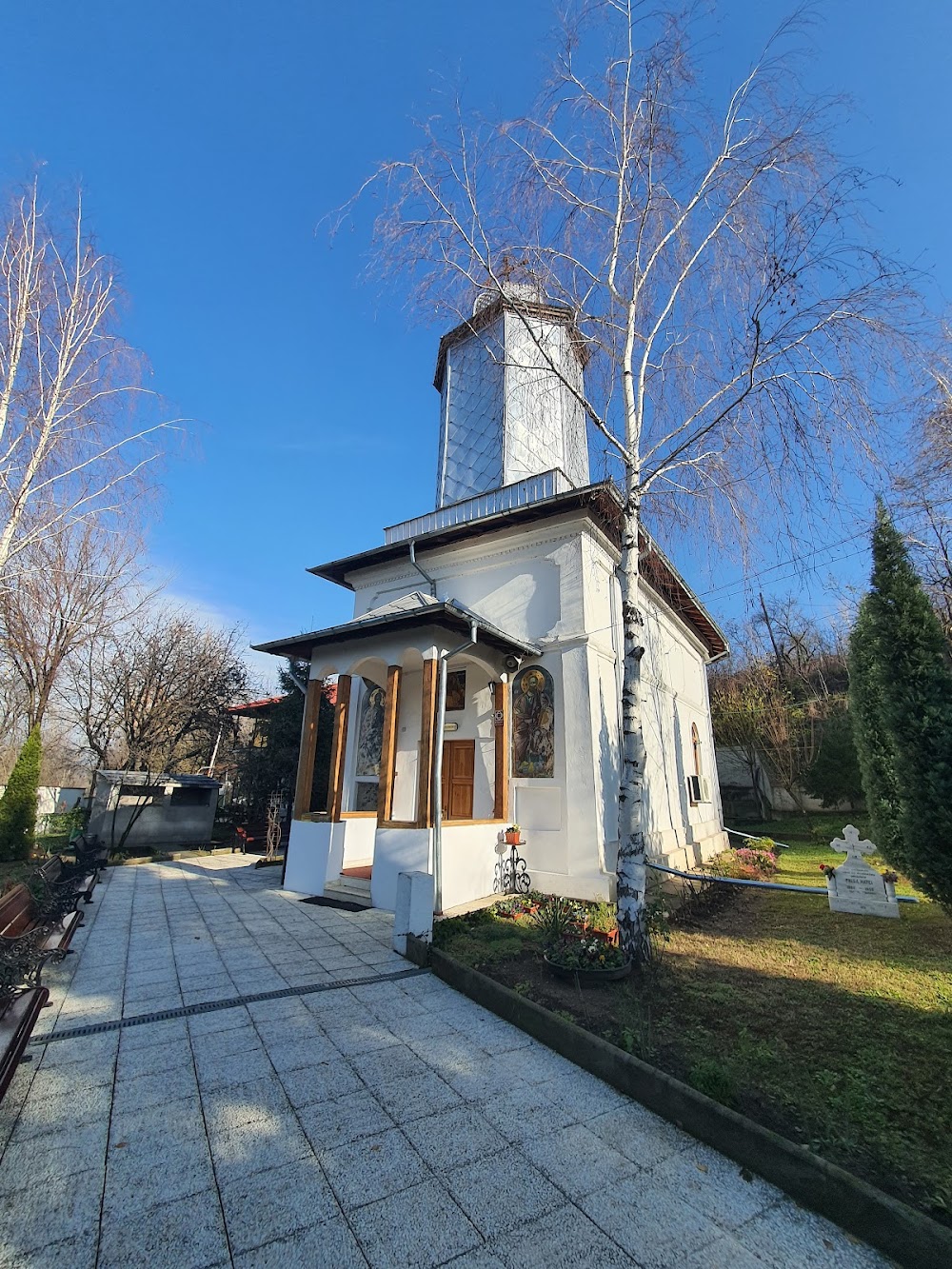Clocociov Monastery (Mănăstirea Clocociov)
Overview
Introduction to Clocociov Monastery
Clocociov Monastery, situated in Slatina, Olt County, Romania, is a historic and spiritual landmark that boasts a rich heritage spanning several centuries. Nestled along the tranquil banks of the Olt River, this monastery stands as a testament to the faith and craftsmanship of its builders, offering visitors a glimpse into the cultural and religious tapestry of the region.
Historical Origins
The roots of Clocociov Monastery date back to the 16th century, when local Orthodox Christians and benefactors sought to establish a sanctuary for worship and refuge. Officially founded in 1645 by Matei Basarab, a prominent ruler of Wallachia, and his wife, Elina, the monastery was envisioned as a center for spiritual growth and community support. With the Church's blessing, construction commenced, marking the beginning of a significant religious institution.
Architectural Craftsmanship
A collaborative effort from skilled artisans and craftsmen from the region resulted in the construction of Clocociov Monastery, utilizing local materials such as stones from nearby quarries and timber from the lush forests. The builders were dedicated to Byzantine-style architecture, characterized by intricate designs and deep symbolism. The monastery features a cross-in-square plan and a dome that represents the heavens above, creating an awe-inspiring silhouette against the sky.
The Main Church
At the heart of the monastery lies the main church, dedicated to the Dormition of the Mother of God. This striking structure showcases beautiful frescoes and iconography meticulously painted by talented artists, adhering to the traditions of medieval Orthodox art. The interior walls are adorned with biblical scenes and the lives of saints, serving both to inspire and educate the faithful who visit this sacred space.
Cultural Significance
Over the centuries, Clocociov Monastery has been more than just a religious center; it has also served as a cultural hub. Monks meticulously copied manuscripts by hand, preserving vital religious and cultural texts. Despite facing challenges from invasions and political upheaval, the monastery has shown remarkable resilience, continually rebuilt and restored by the community and various Romanian rulers.
Restoration and Growth
A major restoration effort occurred in the 18th century under the patronage of rulers like Constantin Brâncoveanu, who was dedicated to preserving and enhancing religious institutions throughout Wallachia. During this period, additional structures were built, including a bell tower and monastic cells, enriching the monastery's capacity to serve its religious community.
Serene Gardens and Courtyards
The monastery's gardens and courtyards play an integral role in its serene atmosphere. Meticulously maintained, they reflect monastic virtues of simplicity and harmony with nature. This tranquil environment offers a spiritual retreat for both monks and visitors, inviting them to seek solace and reflect in the peaceful surroundings.
Modern-Day Significance
Today, Clocociov Monastery remains an active center of worship and pilgrimage, continuously thriving while preserving its historical and cultural heritage. Visitors are greeted with the same awe and reverence that has characterized this sacred place for centuries, making it a must-visit destination for anyone exploring the spiritual landscape of Romania.
A Legacy of Faith
Clocociov Monastery stands as a beacon of faith and resilience, representing the legacy of generations who contributed to its creation and preservation. It serves as a symbol of the spiritual and cultural richness of Olt County and Romania as a whole. From its humble beginnings in the 16th century to its enduring presence today, the monastery embodies the timeless beauty of Romanian Orthodox tradition and the enduring spirit of devotion.


